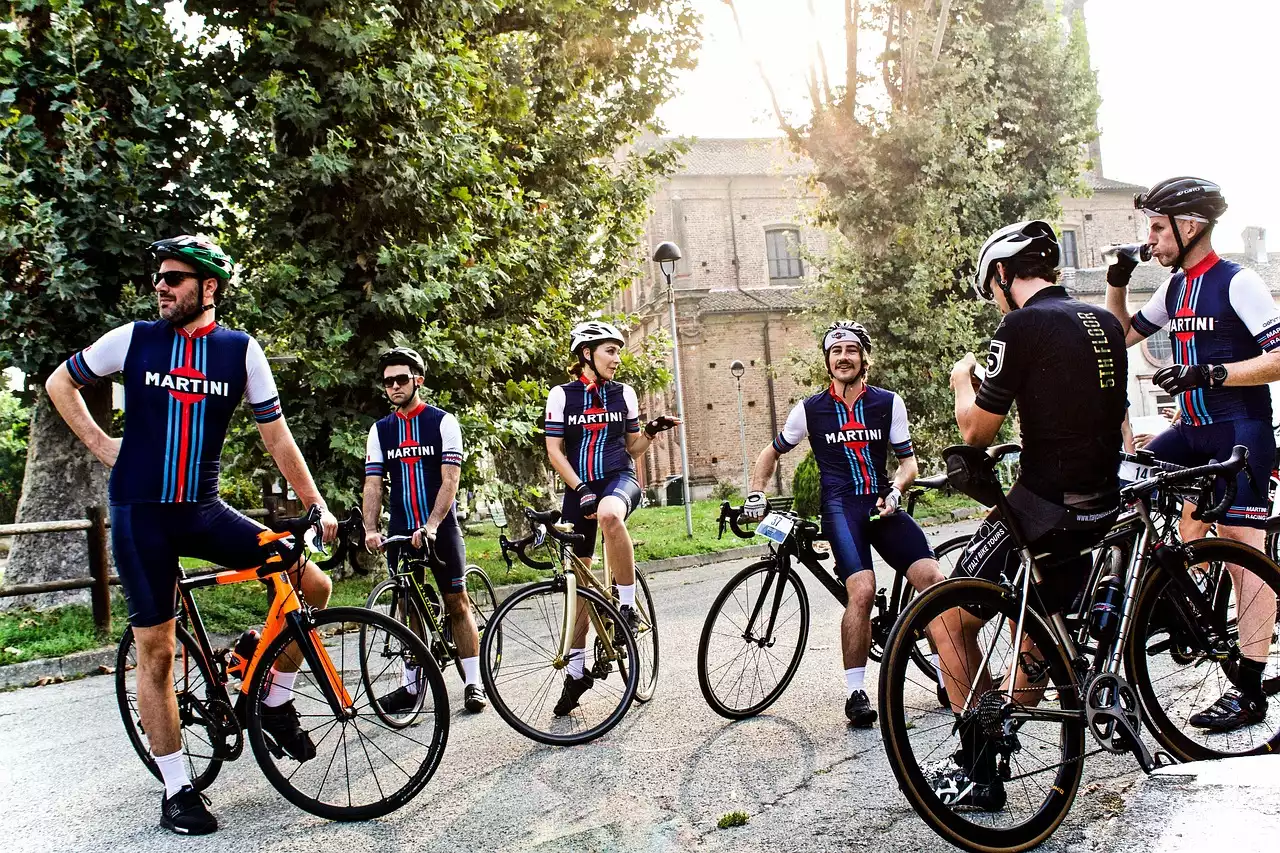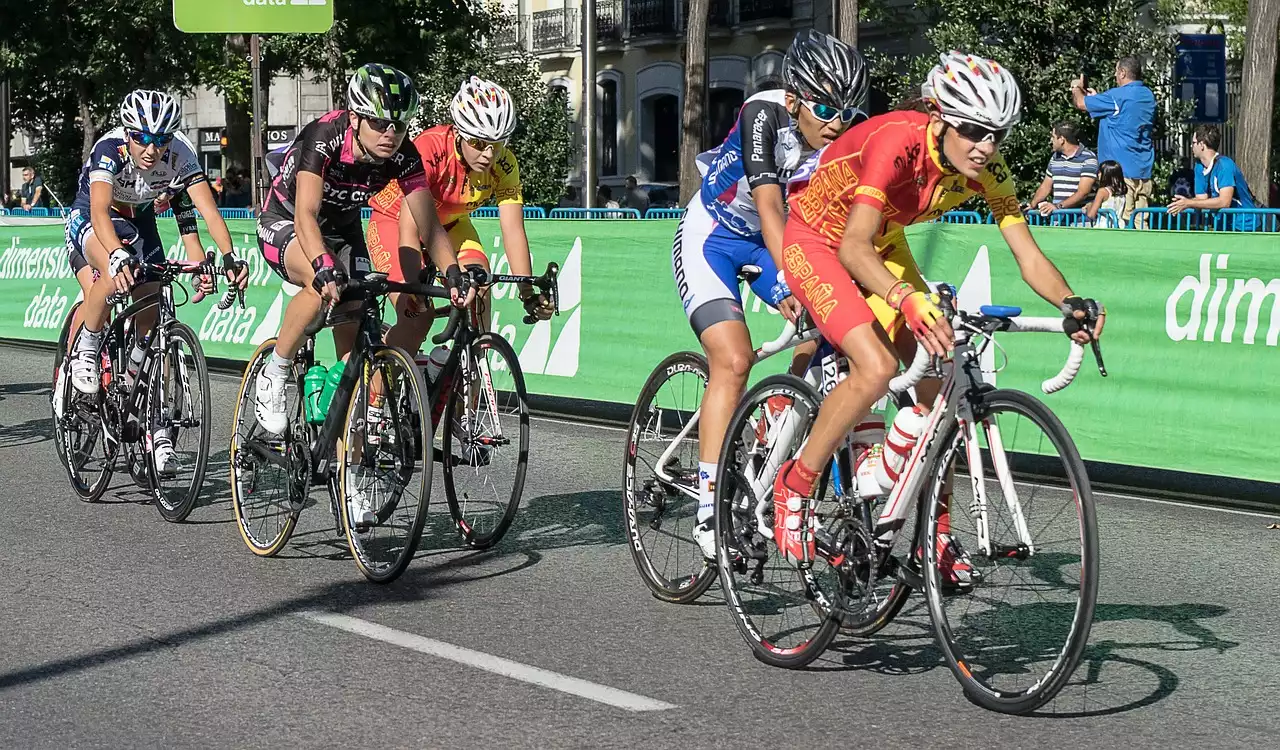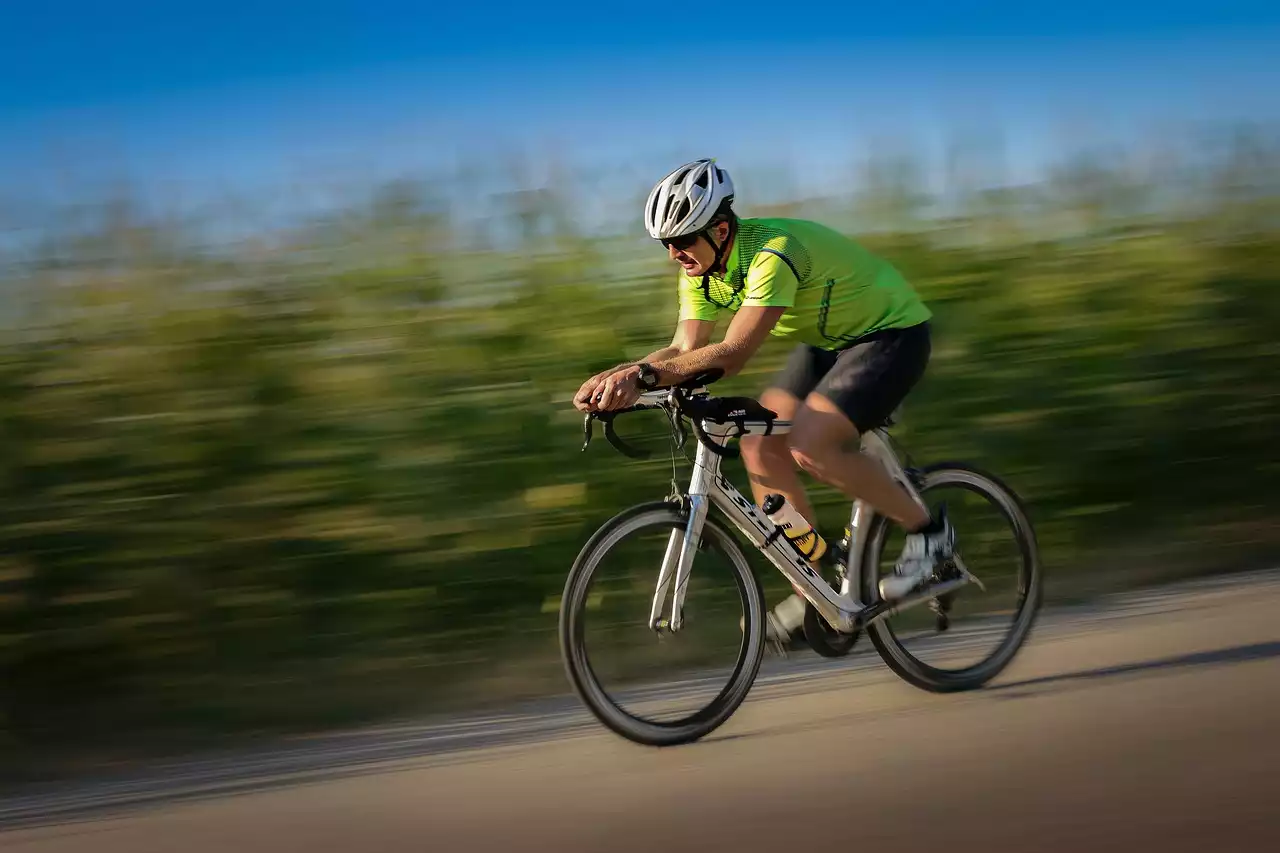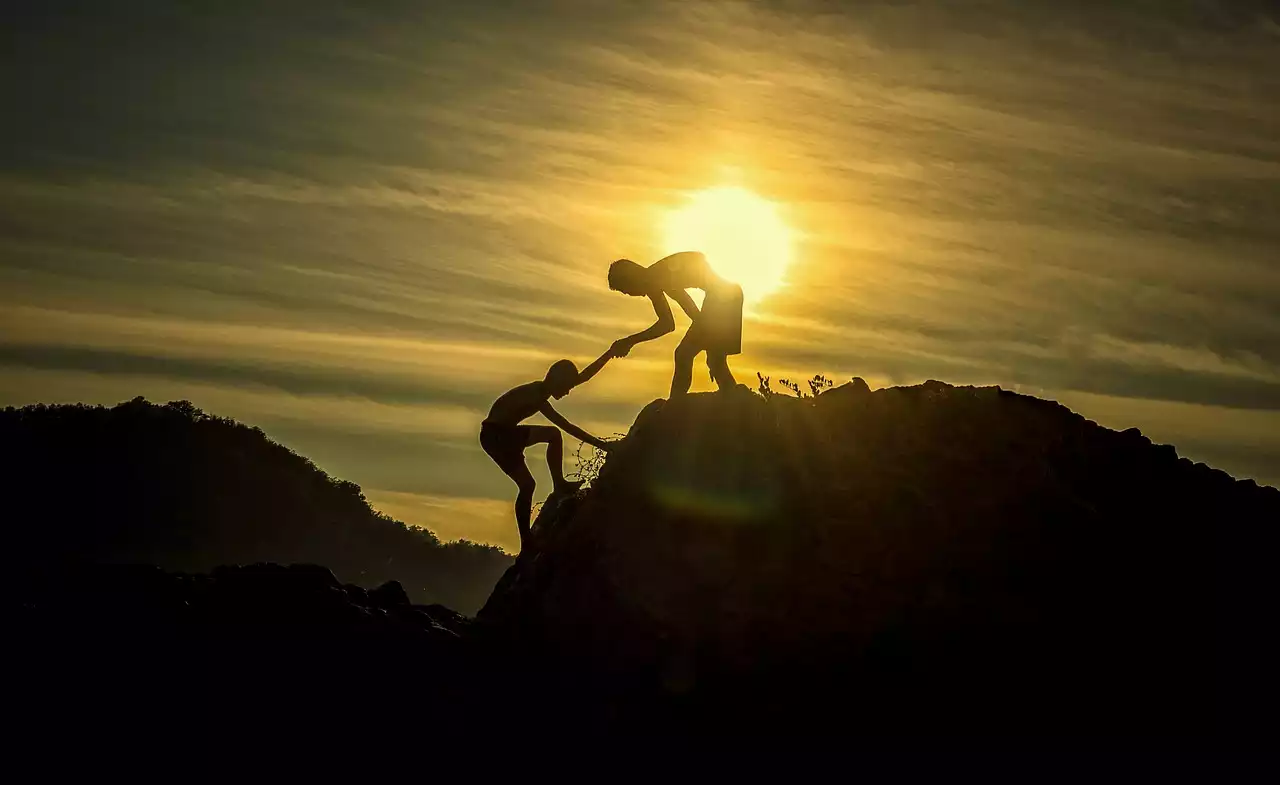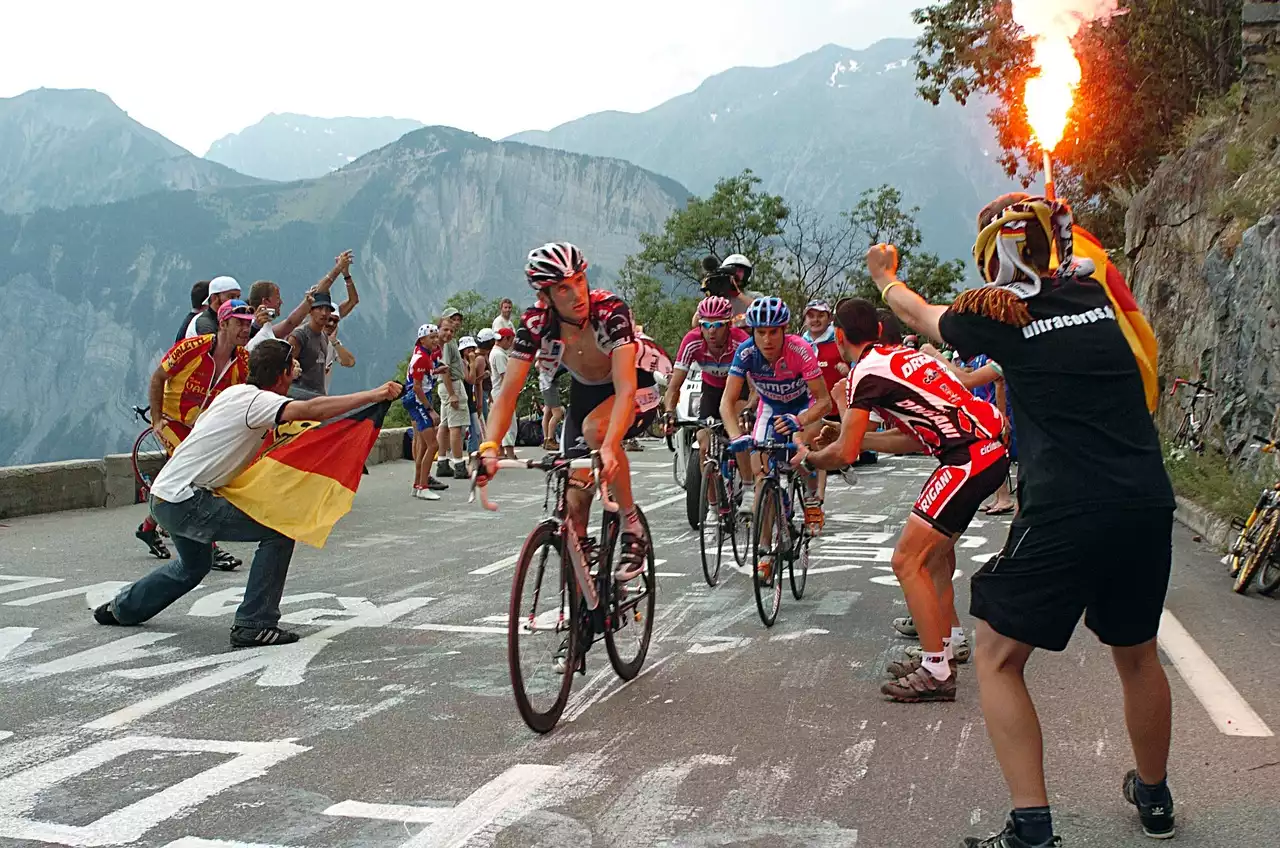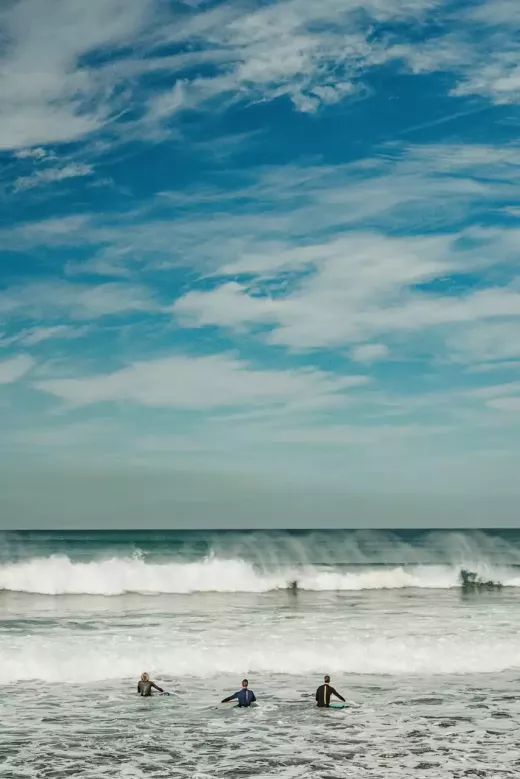Benefits of Group Rides
Firstly, let's talk about the benefits of group rides. Riding with others can be a great way to stay motivated, push yourself to new limits, and learn from more experienced riders. Group rides can also be a lot of fun, providing you with the opportunity to socialize and make new friends while enjoying the beautiful scenery and fresh air.
Another advantage of group rides is that they can help you improve your cycling skills. By riding with others, you can learn new techniques for drafting and pacelining, as well as how to communicate and coordinate effectively with your fellow riders. This can be especially beneficial if you're new to cycling or looking to take your skills to the next level.
Types of Group Rides
There are several types of group rides, each with its own unique characteristics and challenges. Here are a few examples:
* Social rides: These rides are designed for cyclists of all skill levels and are typically more leisurely in pace. The focus is on enjoying the ride and socializing with your fellow cyclists.
* Training rides: These rides are designed for more serious cyclists who are looking to improve their fitness and cycling skills. The pace is usually faster, and the focus is on pushing yourself to your limits.
* Charity rides: These rides are organized to raise money for a specific cause or charity. They can be a great way to give back to your community while enjoying the camaraderie of fellow cyclists.
* Race simulations: These rides are designed to simulate race conditions, with riders working together to practice drafting, pacing, and other race-specific techniques.
No matter what type of group ride you choose, it's important to be aware of the etiquette and safety guidelines for group rides.
Etiquette and Safety Guidelines for Group Rides
When riding in a group, it's important to follow certain guidelines to ensure everyone's safety and enjoyment. Here are a few key rules to keep in mind:
* Stay to the right: When riding on the road, always stay as far to the right as possible to allow faster traffic to pass safely.
* Communicate: Use hand signals and verbal cues to communicate with your fellow riders. This can include pointing out hazards, signaling turns, and letting others know when you're slowing down or stopping.
* Don't overlap wheels: When drafting, be sure to stay slightly to the side of the rider in front of you to avoid overlapping wheels, which can lead to accidents.
* Keep a safe distance: Maintain a safe distance between yourself and other riders, especially when riding downhill or at high speeds.
* Obey traffic laws: Follow all traffic laws, including stopping at stop signs and red lights.
By following these guidelines, you can help ensure a safe and enjoyable group ride for everyone involved.
Essential Gear for Group Rides
Before heading out on a group ride, it's important to have the right gear to ensure your safety and comfort. Here are a few key items to consider:
* Helmet: A good quality helmet is essential for protecting your head in the event of an accident.
* Cycling shorts: Cycling shorts with a chamois can help prevent chafing and provide cushioning for long rides.
* Cycling shoes: Cycling shoes with cleats are designed to clip into your pedals, providing a more secure and efficient connection between your feet and the bike.
* Water bottle: Staying hydrated is essential for maintaining your energy and endurance on long rides.
* Spare tube and pump: Always carry a spare tube and pump in case of a flat tire or other mechanical issue.
By investing in the right gear, you can help ensure a safe and enjoyable group ride.
How to Prepare for a Group Ride
Before heading out on a group ride, it's important to prepare both physically and mentally. Here are a few tips to help you get ready:
* Train: If you're new to cycling or haven't ridden in a while, it's a good idea to build up your endurance and fitness before attempting a group ride. Start with shorter solo rides and gradually increase your distance and intensity over time.
* Eat and hydrate: Fueling your body with the right foods and fluids is essential for maintaining your energy and endurance on long rides. Be sure to eat a balanced meal and drink plenty of water before heading out.
* Check your bike: Before heading out, give your bike a thorough check to ensure it's in good working order. This includes checking the brakes, tires, and chain, as well as making sure your lights and reflectors are working properly.
By preparing both physically and mentally, you can set yourself up for a successful and enjoyable group ride.
Riding in Sync: Communication and Coordination
When riding in a group, communication and coordination are essential for maintaining safety and efficiency. Here are a few tips for improving your communication and coordination skills:
* Drafting: Drafting is the practice of riding closely behind another cyclist to reduce wind resistance and conserve energy. To draft effectively, be sure to maintain a steady pace and stay slightly to the side of the rider in front of you to avoid overlapping wheels.
* Pacelining: Pacelining is the practice of taking turns at the front of the group to break the wind for other riders. When it's your turn to lead, be sure to maintain a steady pace and communicate with other riders to ensure a smooth transition.
* Communication: Use hand signals and verbal cues to communicate with your fellow riders. This can include pointing out hazards, signaling turns, and letting others know when you're slowing down or stopping.
* Coordination: When riding in a group, it's important to coordinate your movements with other riders to maintain a smooth and efficient pace. This can include adjusting your speed and position to match the group, as well as anticipating changes in direction or pace.
By mastering these techniques, you can ride in sync with your fellow cyclists and enjoy the benefits of a smooth and efficient group ride.
Handling Challenges During Group Rides
Even with the best preparation and communication, group rides can sometimes present unexpected challenges. Here are a few tips for handling common issues:
* Mechanical issues: If you experience a mechanical issue such as a flat tire, communicate with your fellow riders and work together to resolve the issue.
* Traffic: When riding on the road, be aware of traffic and communicate with your fellow riders to ensure everyone stays safe.
* Weather: In inclement weather, adjust your speed and position to maintain safety and comfort for yourself and your fellow riders.
By staying calm and communicating effectively, you can handle challenges during group rides with confidence and ease.
Post-Ride Debriefing and Feedback
After the ride, it's important to debrief with your fellow riders and provide feedback to help improve future rides. Here are a few things to consider:
* What went well: Discuss what aspects of the ride went well, including communication, coordination, and pace.
* What could be improved: Identify areas for improvement, such as communication breakdowns or issues with pace or coordination.
* Feedback: Provide constructive feedback to your fellow riders to help them improve their skills and contribute to a more successful group ride in the future.
By debriefing and providing feedback, you can help ensure that future group rides are even more enjoyable and successful.
